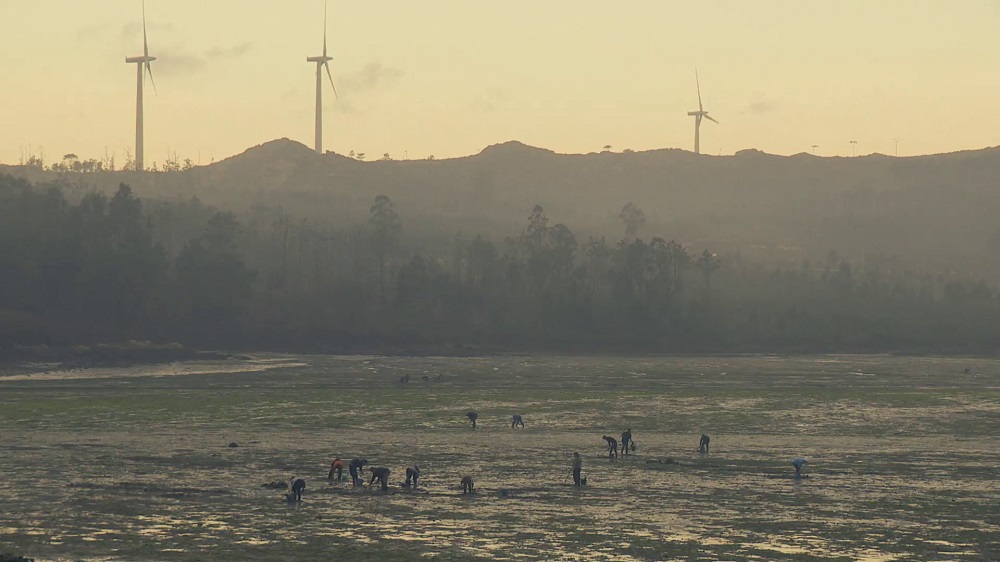Dans la même rubrique
- Mon arrivée à la Faculté (inscription, questionnaire de motivation, premières démarches, PASM, repérage des sites…)
- Bacheliers
- Masters, Masters de spécialisation et Formation continue
- Ateliers, Questions d'Architecture et SIP
- Doctorats
- Brochure facultaire
- FAQ (Foire Aux Questions)
- Accompagnement des apprentissages (SAA et PASM)
-
Partager cette page
OOT - Out of Town

OOT - Out of Town
Ce que nous visons avec l'unité de conception Out of Town, ce n'est pas l'application d'outils connus pour répondre directement à des symptômes bien définis, mais plutôt une "exploration holistique imparfaite d'un problème holistique qui nous dépasse." Les outils (dessins, cartes, modèles, observations participantes, ateliers, dialogue entre acteurs et savoirs contrastés, etc.), devront être testés et adaptés à chaque fois, à la manière de Gilles Deleuze lorsqu'il nous invite à " penser le milieu ", à la fois sans référence à un objectif idéal et sans séparer l'objet d'enquête du milieu dont il a besoin pour exister.
Les outils de représentation constituent souvent pour nous le point d’entrée de ce travail d’enquête, en naviguant comme des marins prudents mais enthousiastes, avec cette boussole discrète qu’est la curiosité.
Les villes sont aujourd'hui le lieu de vie et l'habitat de la plupart des habitants de la planète. Elles sont à juste titre considérées comme un environnement bâti et artificiel, qui semble souvent coupé de la nature. Cependant, rares sont les villes qui échappent aux conditions extrêmes que la nature leur impose, qu'il s'agisse des tempêtes de sable à Dubaï, de la neige à New York ou des inondations à Paris. La nature s'adapte aux villes, tirant parti des opportunités disponibles et recherchant de nouvelles possibilités pour se reproduire.
À leur tour, les villes modifient les systèmes naturels et changent la biogéochimie
de leur habitat. L'ampleur de cette modification de la nature s'est accrue au cours du dernier demi-siècle. Alors qu'au départ, les villes dépendaient de leur environnement immédiat pour leur alimentation et leur approvisionnement, elles dépendent aujourd'hui de territoires et de réseaux de plus en plus étendus pour satisfaire leurs besoins métaboliques (c'est-à-dire que les villes concentrent 60 % de la population mondiale et dépendent des zones rurales pour 80 à 90 % de leurs besoins matériels et énergétiques). Si les villes ne sont pas l'opposé de la nature mais sont étroitement liées à celle-ci, que faire de l'opposition séculaire entre culture et nature?
De même, que faire de la dichotomie entre ville et campagne alors que la survie des villes dépend de territoires de plus en plus vastes et éloignés, reliés par des chaînes d'approvisionnement entrelacées et en prolifération constante ?
Pouvons-nous encore qualifier ces territoires de « ruraux », au sens traditionnel du terme, c'est-à-dire comme des régions subordonnées, en retard en matière de progrès et largement sous-théorisées par les architectes ?
Ces territoires fragiles, soumis à d’intenses changements (détérioration de la biodiversité, de la qualité de l’air, de l’eau, du sol…), sont les témoins privilégiés d’un monde en mutation. Ils deviennent les révélateurs directs des crises actuelles et futures auxquelles nous sommes confrontés. Ils sont aussi les seuils par lesquels des propositions peuvent émerger.
Engager une réflexion sur la ruralité à travers l’architecture permettra d’établir des propositions concrètes dans ce contexte territorial spécifique, dans une plus grande proximité avec le milieu et les écosystèmes présents
